It is exquisite in form, capturing the beauty of the young girl destined to become Queen.
And the portrait sculpted by Montrose artisan William Lamb is now the greatest Angus art treasure of Her Majesty’s remarkable life and reign.
Lamb was regarded by many as the premier talent of his time, and arguably Scotland’s finest ever sculptor.
He shunned the limelight, fame and riches his skills could have undoubtedly earned him.
But the Angus-born craftsman who suffered First World War injuries which might have ended his career forged an enduring Royal link.
The Duchess of York, later Queen Mother, commissioned Lamb to create bronze portraits of her daughters, Elizabeth and Margaret.
And over a three-month stay in London’s Piccadilly, Lamb also finished two portraits of the Duchess herself.
One remains in the Royal collection, but the others are jewels in the crown of the studio he left to his home town.
Cultural gem
Retired Angus Council director Norman Atkinson is the chairman of the Friends group which re-opened the studio this summer.
And he believes the cultural significance of the portrait of six-year-old Elizabeth cannot be understated.
“This is a quite beautiful piece of art and was always one of the real gems in the William Lamb collection,” said Norman.
“But with the passing of The Queen it takes on an even greater significance as the only Angus portrait of any kind of Elizabeth.
“We have photographs of her as Queen, but there is no other portrait.
“To have been commissioned from William Lamb by the Duchess of York is something very special.
“And it now grows in importance with her passing.”
Tales of London life
Norman added: “I knew David Lamb, who was William’s nephew and apprentice, and he told me about that stay in London.
“The Duchess had tried to commission other artists to create the portraits of her daughters.
“But she was never happy with the quality and eventually sought out a meeting with Willie Lamb.
“During that time in London he got to know the young princesses so he could create these wonderful pieces.
“They made cups and saucers and he played with them, he became King for the tea parties they had.
“I think the friendship they built up is reflected in the quality of the portraits.
“They really capture the essence of the Duchess and her young daughters.
“These royal portraits set him on a course which – had he followed – would have seen him become a world famous portrait sculptor.”
Instead, Lamb retreated to his home town.
He lived a frugal life and left his work and studio to Montrose when he died in 1951.
Queen’s visit
Norman was fortunate to experience the charm and wit which the artist encountered in the young princess many decades previously.
He was Angus cultural services director during the last official visit of The Queen and Prince Philip to the county in 2004.
“I showed Her Majesty around the Gateway to the Glens museum in Kirriemuir,” said Norman, who became a Deputy Lieutenant of Angus in 2016.
“I remember she was sharp as a tack.
“She was certainly interested and very knowledgeable.
“She knew Kirrie anyway from the time she had spent in Angus, so it was a privilege to show her round.”
“We were glad to be able to re-open the William Lamb studio briefly this summer.
“And we already had plans to stage an event celebrating his connection with Hugh MacDiarmid.
“I hope we can announce details of that soon and perhaps even more people will be able to enjoy these royal portraits which we are so lucky to have.”
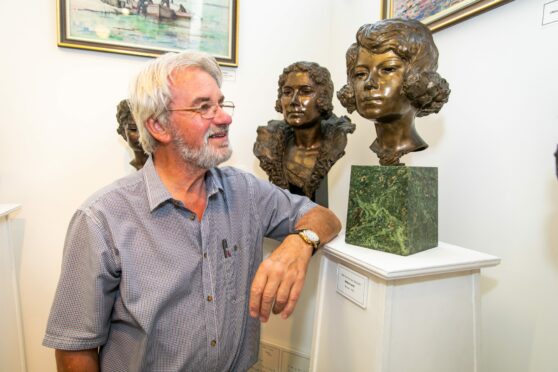
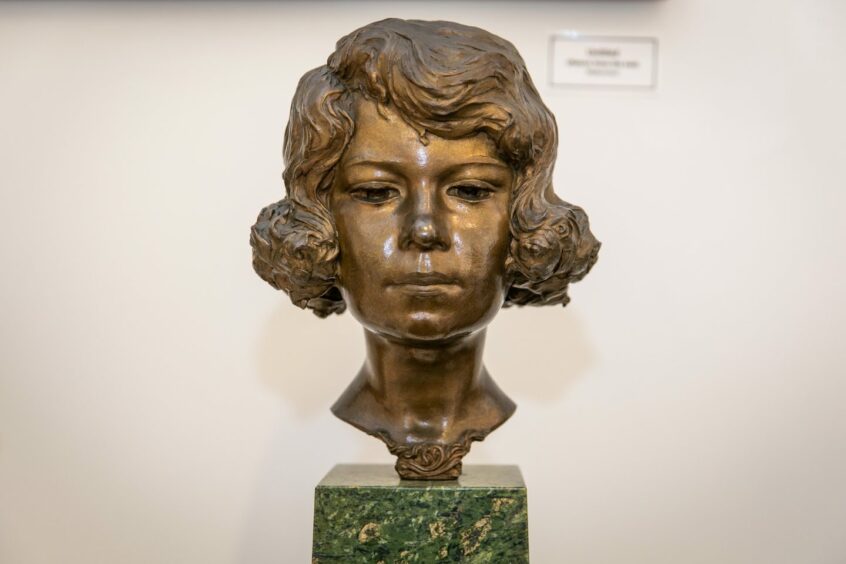
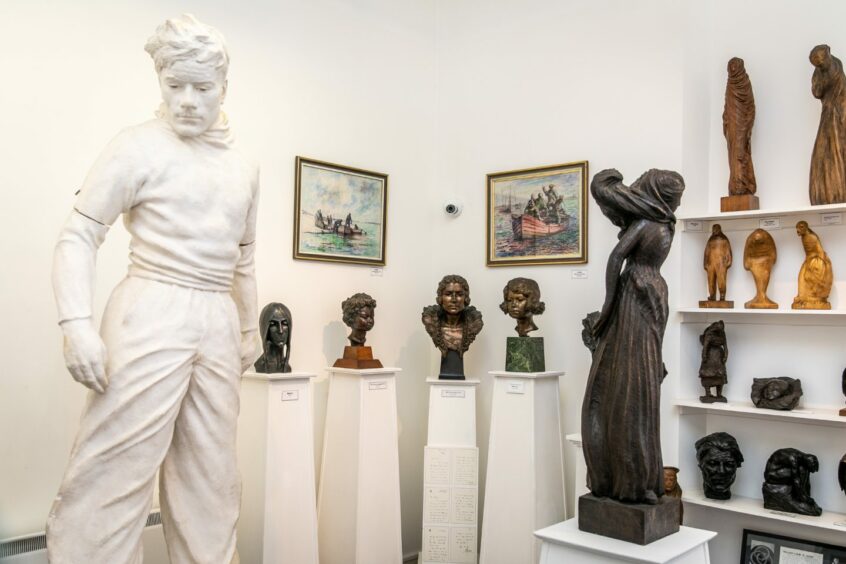
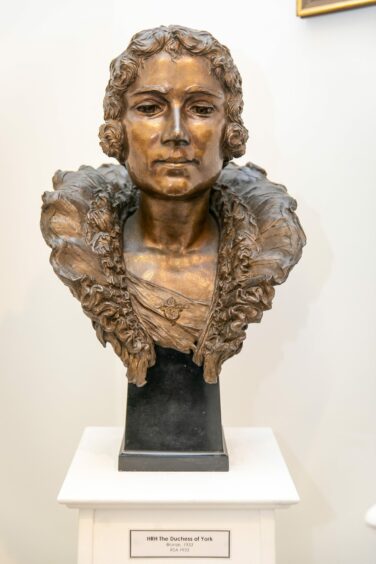
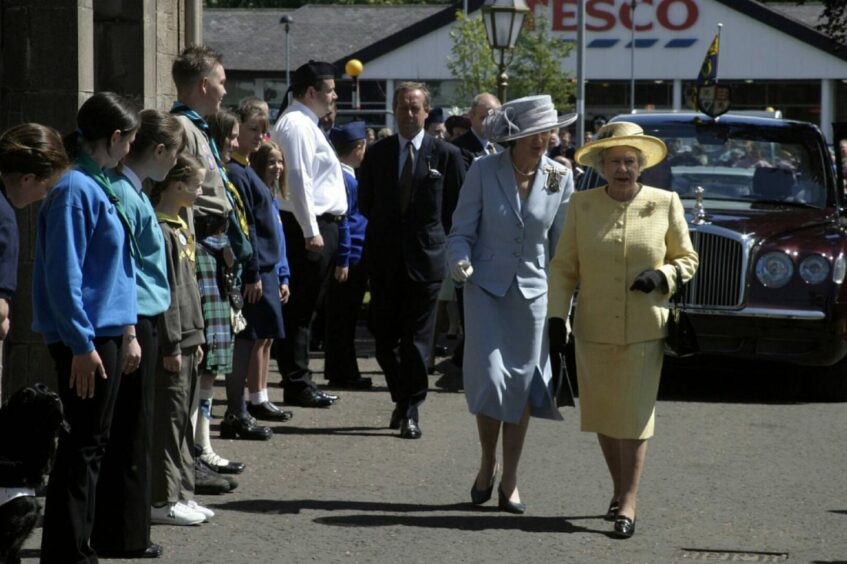
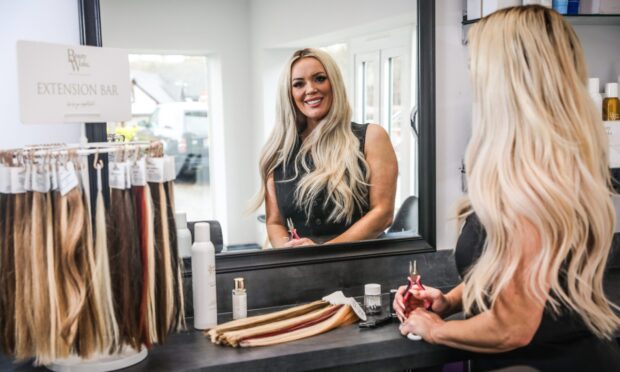

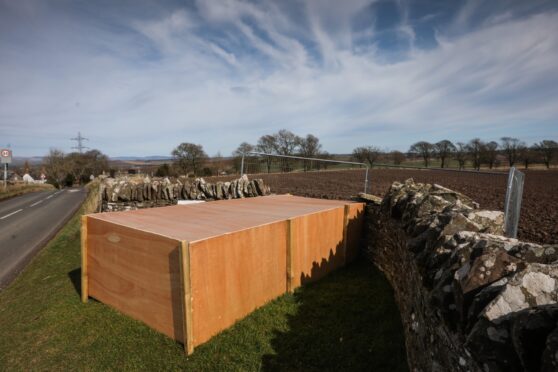

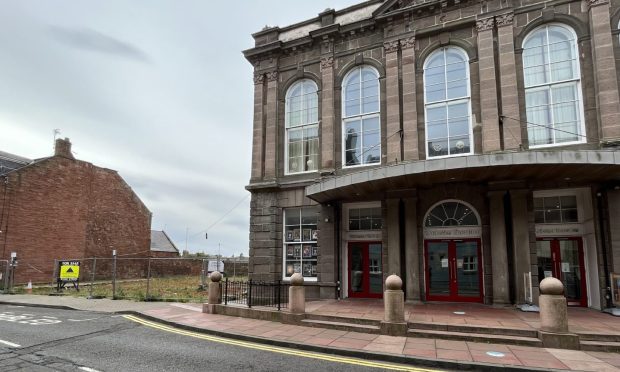

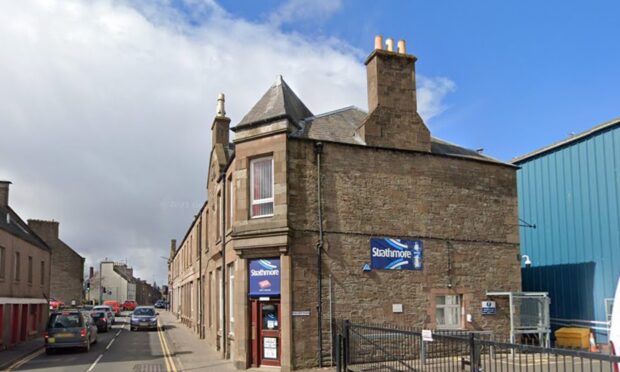

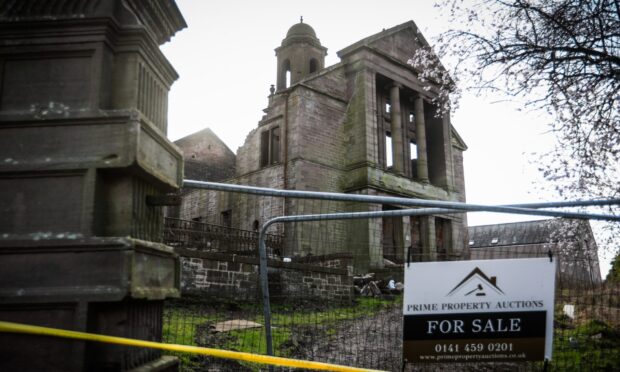
Conversation